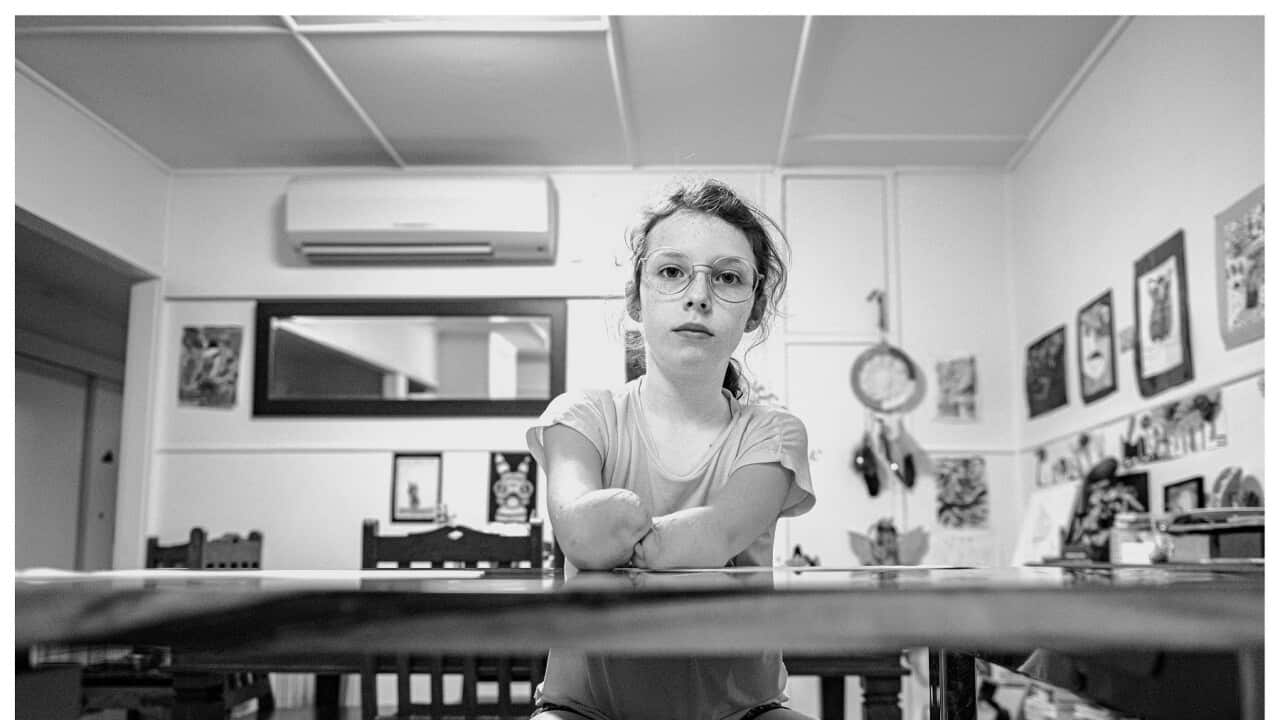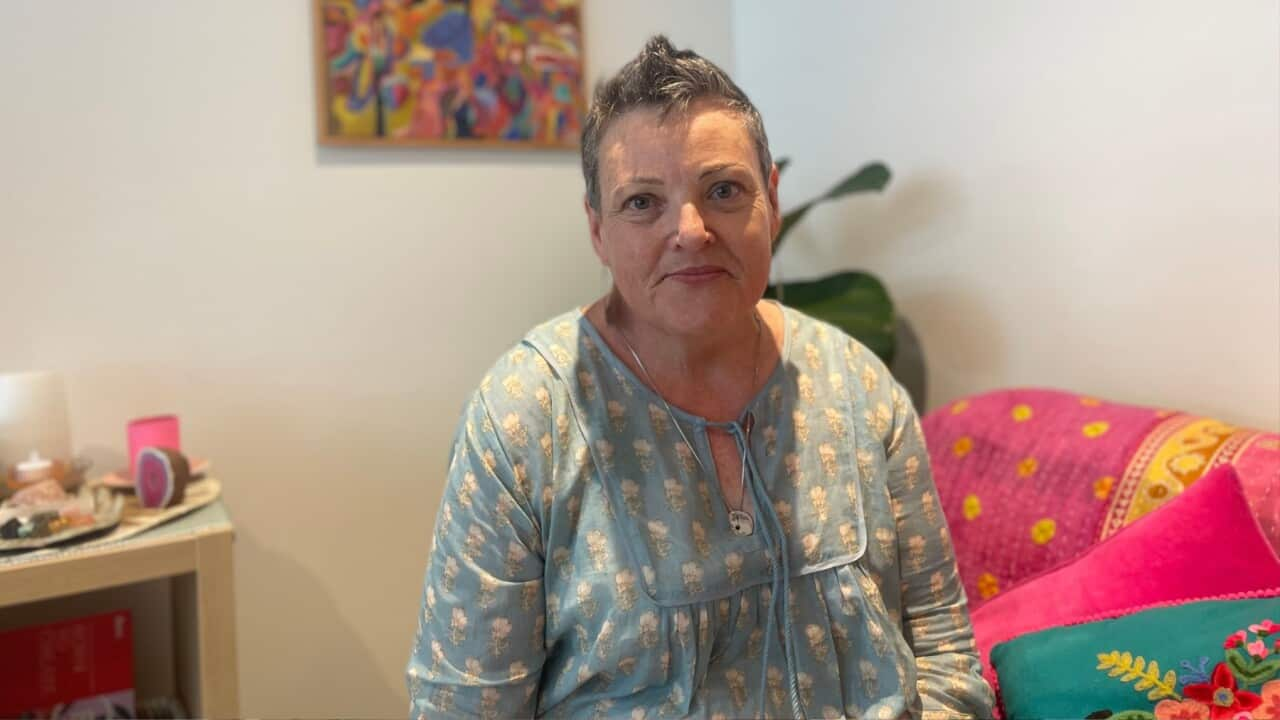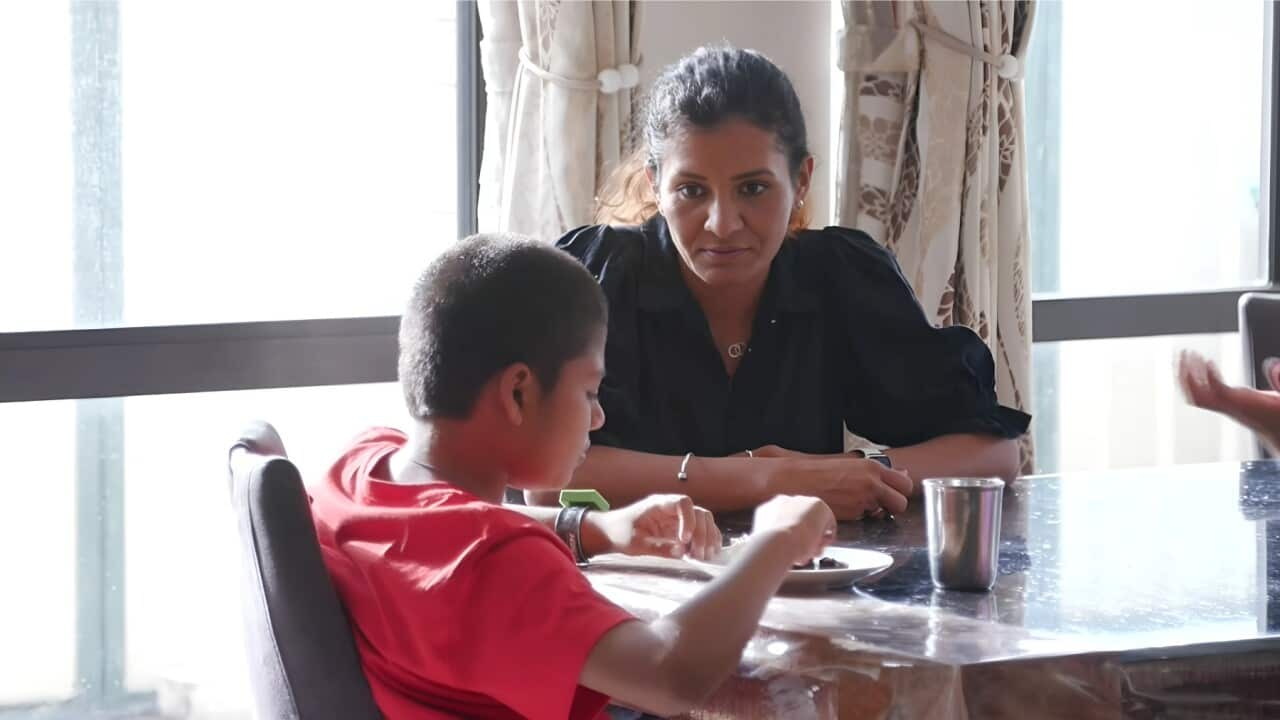TRANSCRIPT
When people refer to sepsis, they might know they're referring to a potentially life-threatening disease, but in most conversations, not much else is known.
This might be excusable, considering it can sometimes take medical specialists a long time to correctly diagnose it in their patients.
Dr Brett Abbenbroek, Program Manager of Sepsis Australia and the Asia Pacific Sepsis Alliance, helps clear the air.
"Sepsis is the body's overreaction to infection. Normally, when you have an infection of any type, the body will react by becoming inflamed to kill that infection. In sepsis, that process doesn't turn off, it becomes uncontrolled and begins to damage its own organs and sometimes your limbs, and it can lead to death very quickly."
Dr Abbenbroek explains just how that works.
"What it does is, sepsis is an inflammatory reaction of the whole body. Which is normal, as I mentioned before, to try and kill any sort of infection. But because that gets out of control and it causes problems like blood supply to the vital organs and to limbs such as your arms and legs, it can cause all of those things to fail and you can become an amputee with life-long consequences, with organ failure, with mental and psychological issues, and other problems like that."
Helene Cochaud, a Sydney-based photographer, is holding an exhibit with pictures that tell the stories of 11 people who survived this disease.
The images include personal details of how they were initially affected by sepsis and how their lives were changed by it.
"Like most people, I didn't know anything about sepsis before I got involved with the project. The catalyst for the project was actually an Australian Story (on ABC) called "A Matter Of Minutes" about a man called Mick O'Dowd. And his story really struck me as very powerful, what he went through and his family. So I got in touch with Sepsis Australia to find out more about sepsis. And if I didn't know much about it, I kind of assumed possibly many other people didn't know so I asked them if I could give them a hand in helping raise awareness."
Sepsis remains the number one cause of preventable childhood deaths - one of those things that isn't widely known.
Sepsis cases also show a significant increase during the winter months.
Mia Wilkinson is an 11-year-old girl from Brisbane who was struck by sepsis when she was four years old.
Her mother, Amy, says the doctors took several days to find what was wrong with her.
"I took her to the doctor on Saturday morning and they said 'oh yeah, gastro(enteritis)' and then, that Saturday afternoon, I took her to the hospital. Mia was showing other signs. She was incoherent and (there were) more symptoms and it was just a bit strange. So I took her to the hospital then and they thought it was influenza and viral myositis, which is inflammation of the legs. And then (I) took her home to rest and then, by Sunday, then she had more pain in her legs and I thought it was part of having the flu. And then, Sunday afternoon, she had a rash on her legs so I said I'm taking her back into hospital."
She says even once the disease had been identified by the doctors, it was difficult to comprehend.
"Even then it's hard to understand what sepsis is, telling my parents what it was and I remember them taking a while to get their head around it. It's an infection, viral or bacterial, that the body's immune system then reacting to that and basically going into overdrive and shutting down organs and creating this storm sort-of-thing in the body."
Little Mia was forced to undergo a series of operations to save her life, with doctors removing both her arms and legs.
She had to go through a journey of adapting to life with prosthetic limbs.
But the courageous girl, who says she recently took part in a 100-metre race, says the people around her made her feel like just another member of the community.
"I don't really feel like there's anything different (about me.) Because they just accept me (for) who I am and we get along just fine. They just see me as a person. Not anyone different."
Dr Abbenbroek says sepsis cases in Australia are showing an alarming trend.
"The actual cases themselves are increasing with sepsis being... The burden of it is not very well understood. Most estimates show that we've got about 55,000 cases a year at the moment. Around about 9,000 of those will die. And that equates to about seven times more than road trauma deaths or four times more than common cancers like breast cancer or prostate cancer."
He recommends some easy ways people can go about preventing sepsis or being proactive to ensure they get ahead of any potential infections.
"Sepsis is preventable, which is great to know. But it's about firstly responding, in other words asking the question, could it be sepsis, if you worry. Other than that, just making sure you've got good hygiene, good sanitation, that you keep up your vaccinations. That generally, anything that can prevent infection from a dirty environment and things like that, just normal, day-to-day hygiene can actually reduce the chance of infection and therefore reduce the chance of sepsis."
Photographer Helene Cochaud saw that it's during the most trying times that people begin to show how powerful they can truly be.
While she was compiling the images and stories for her exhibition, she was amazed by how people found the strength of will to overcome the challenges that life had thrown their way.
"All the survivors and the people who have lost loved ones to sepsis are just the most incredibly strong, motivated, resilient people, who have been through so much trauma but are still active, productive members of society."













